- May 13: It is announced that John McAuliffe would retire, to be replaced by Vice
President Walter M. Wells who had started in 1914 with the U.S. Steel Products Co.
- June 12: NLRB hands down a ruling certifying the SIU as the official bargaining
agent for Isthmian. Isthmian does not accept this ruling eagerly and stalls.
- August 14: SIU strikes Isthmian.
- August 15: 34 Isthmian ships tied up in U.S. due to the SIU strike.
- August 21: Isthmian relents and signs contract with the SIU.
- Mobile City sold to Pax SS Co. SA, Panama; renamed Dioni.
- Steel Engineer sold to Pax SS Co. SA, Panama; renamed Rena.
- Memphis City sold to North Pacific Maritime Co., S.A.; renamed Maria.
- Contracts were signed for the purchase of 24 converted C-3s at a cost of $1,280,000 each.
Together, with the fitting of additional equipment, the total expenditure was $36 million,
all paid in cash. Of the 88 C-3 hulls disposed of by the Merchant Ship Sales Act of
1946, Isthmian's acquisition of 24 ships of the A-2 type was the largest single group.
Matson took 15, Luckenbach took 11, American Mail Line 6, Pope & Talbot 6,
American Export Lines 5, Moore McCormick 4, Pacific Transport Lines 3, Seas
Shipping Co. 3, and American President Lines 3. The remaining few went to
Shepard SS, American South African Line, Lykes Brothers, Caribbean Land &
Shipping Corp. Of the C-3 hulled Escort Carriers, 4 were lost, the rest going to
various individual foreign shipping companies.
- Exisiting Merchant Vessels:
- Steel Advocate, 1944, 8001 tons, acquired from U.S. Maritime Commission.
- Steel Age, 1943, 8040 tons, acquired from U.S. Maritime Commission.
- Steel Architect, 1945, 8004 tons, acquired from U.S. Maritime Commission.
- Steel Designer, 1945, 7928 tons, acquired from U.S. Maritime Commission.
- Steel Director, 1944, 8023 tons, acquired from U.S. Maritime Commission.
- Steel Executive, 1945, 8019 tons, acquired from U.S. Maritime Commission.
- Steel Flyer, 1944, 8018 tons, acquired from U.S. Maritime Commission.
- Steel Maker, 1945, 7999 tons, acquired from U.S. Maritime Commission.
- Steel Navigator, 1945, 8013 tons, acquired from U.S. Maritime Commission.
- Steel Scientist, 1944, 8027 tons, acquired from U.S. Maritime Commission.
- Steel Seafarer, 1945, 7948 tons, acquired from U.S. Maritime Commission.
- Steel Surveyor, 1944, 8040 tons, acquired from U.S. Maritime Commission.
- Steel Traveler, 1945, 8022 tons, acquired from U.S. Maritime Commission.
- Steel Vendor, 1944, 8114 tons, acquired from U.S. Maritime Commission.
- Steel Worker, 1945, 7849 tons, acquired from U.S. Maritime Commission.
- Existing Naval Vessels:
- Steel Admiral, 1944, 8071 tons, acquired from U.S. Maritime Commission.
- Steel Apprentice, 1945, 8062 tons, acquired from U.S. Maritime Commission 5/20/47.
- Steel Chemist, 1943, 8094 tons, acquired from U.S. Maritime Commission.
- Steel Fabricator, 1943, 8162 tons, acquired from U.S. Maritime Commission.
- Steel King, 1944, 8147 tons, acquired from U.S. Maritime Commission 7/47.
- Steel Recorder, 1943, 8095 tons, acquired from U.S. Maritime Commission.
- Steel Rover, 1944, 8090 tons, acquired from U.S. Maritime Commission.
- Steel Voyager, 1944, 8129 tons, acquired from U.S. Maritime Commission.
- Isthmian, in a joint venture with the Matson Line, serves Gulf and East Coast ports with
Hawaiian cargoes, primarily the annual sugar crop. Freight rate increases of 20% in
1947 and 10% in 1948 failed to put the service in the black. These raises left both
island importers and sugar shippers unhappy and looking for alternate methods of transport.
- Isthmian SS listed as a member of the Gulf Associated Freight Conferences, 1932 - 1964.
|



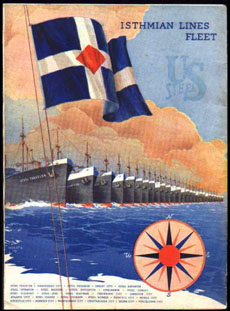
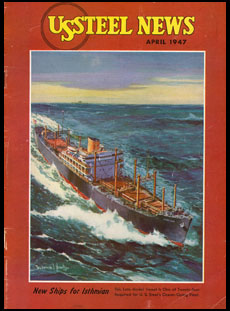


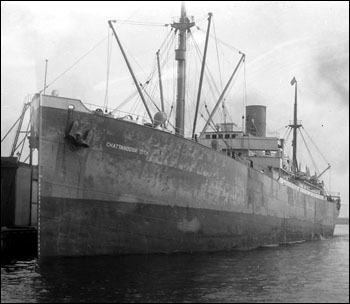
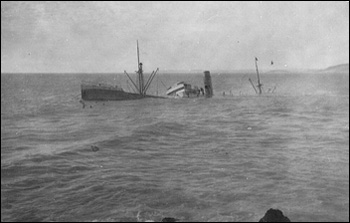
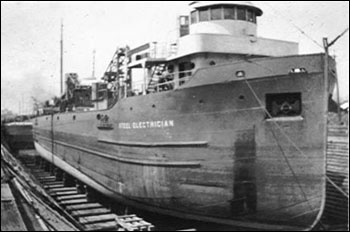
 Photo courtesy of
David Boone - Marine Artist
© 2004 - All rights reserved.
Photo courtesy of
David Boone - Marine Artist
© 2004 - All rights reserved.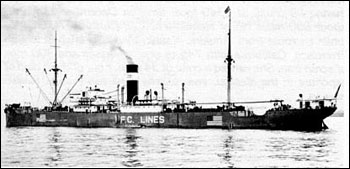
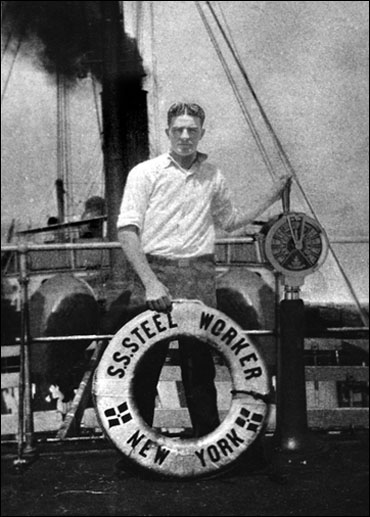 Photo courtesy of
Louis L’Amour Enterprises © 2010 - All rights reserved.
Photo courtesy of
Louis L’Amour Enterprises © 2010 - All rights reserved.
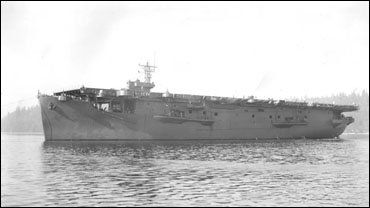
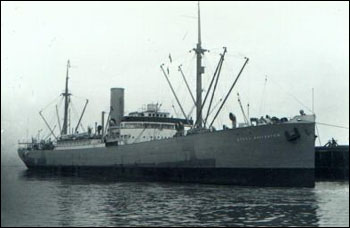
 Photo courtesy of
Dave Mountain © 2010 - All rights reserved.
Photo courtesy of
Dave Mountain © 2010 - All rights reserved.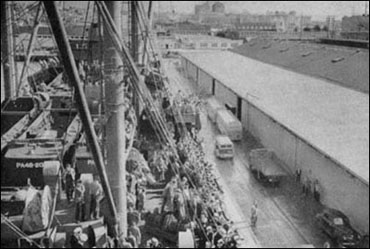
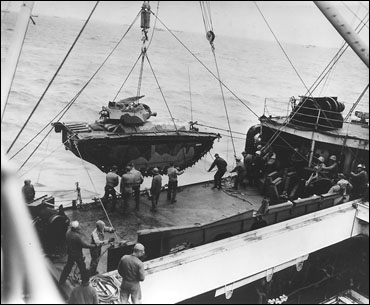

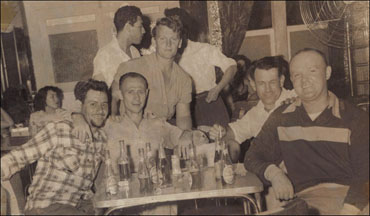 Photo courtesy of Dee Bivens © 2010 - All rights reserved.
Photo courtesy of Dee Bivens © 2010 - All rights reserved.
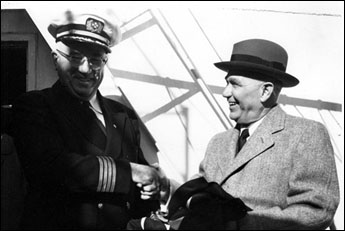
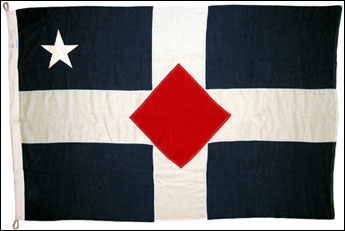
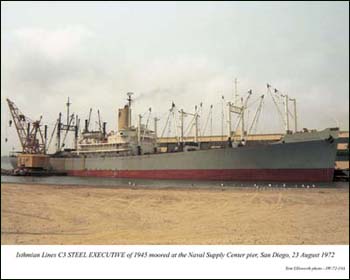

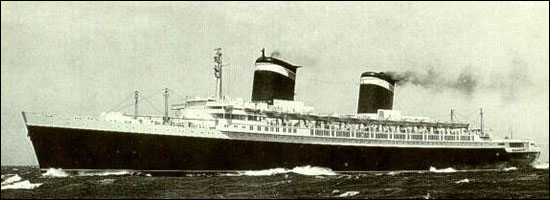
 Photo courtesy of James Murray © 2010 - All rights reserved.
Photo courtesy of James Murray © 2010 - All rights reserved.